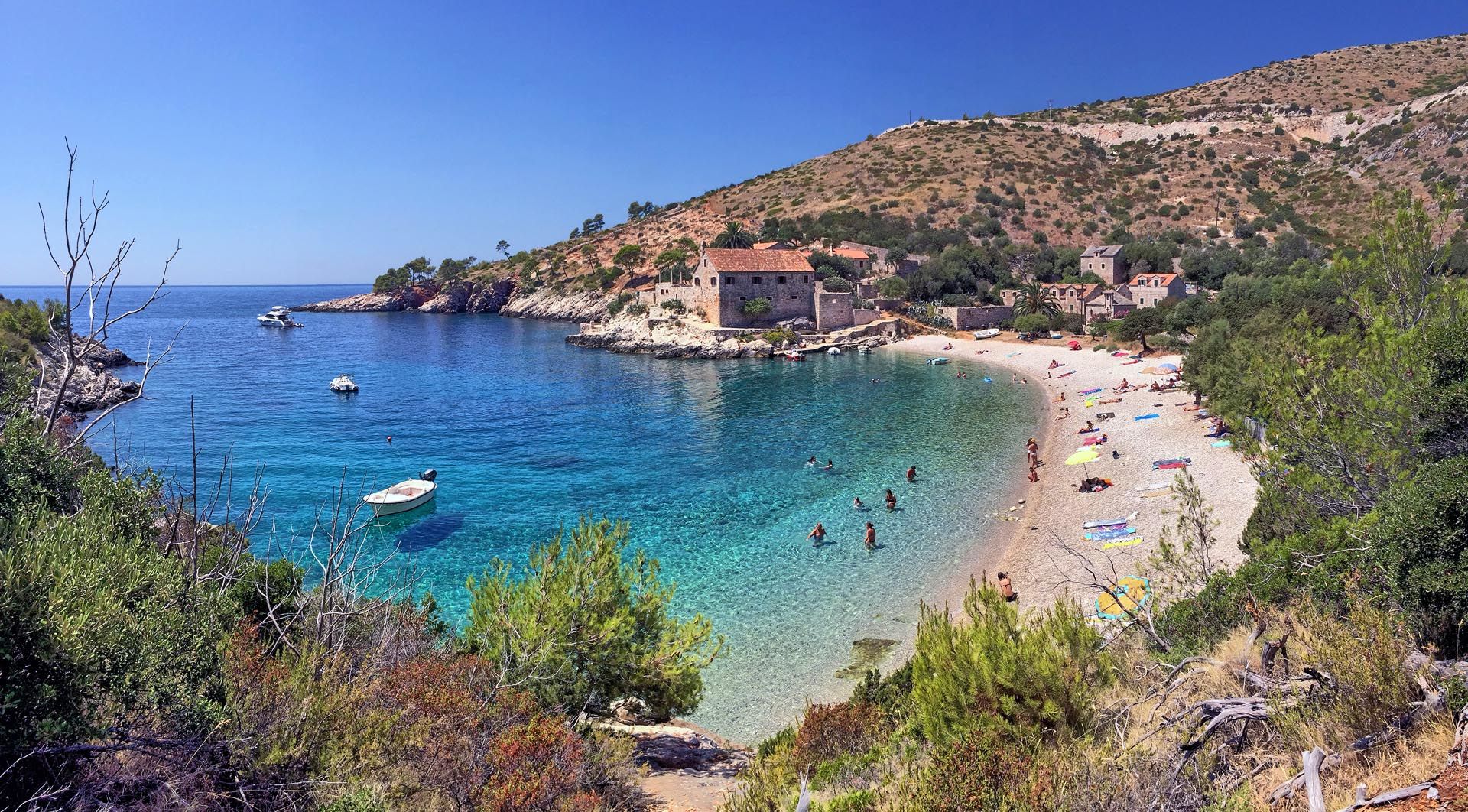What are the best beaches in Croatia?
With over a thousand islands and one of the most dramatic coastlines in Europe, Croatia has no shortage of standout beaches. From the pebbled bays of the Dalmatian coast to the sandy shores of the northern islands, the variety is what makes Croatia’s coastline so rewarding.
Some beaches sit at the foot of steep cliffs. Others stretch for hundreds of meters beside quiet villages or lively resort towns. You’ll find calm coves with shallow water, wild rocky inlets, and a few rare stretches of golden sand. Choosing the best really depends on how you like to travel.
If you're planning a trip to Croatia, it pays to leave space for beach time. Even a short swim can turn a packed day of sightseeing into something more relaxed. The beaches are rarely far from vineyards, hilltop towns, or family-run konobas, so it’s easy to combine coast and culture.
Including time on the coast in your Croatia itinerary opens the door to slower mornings, longer lunches, and spontaneous swims. You don’t need to choose between beaches and everything else; you can have both.
The best time to visit Croatia for beach weather is late spring or early autumn. The sea is warm, crowds are thinner, and the coast still feels laid-back.
Many of the best places to visit in Croatia also happen to be near incredible beaches. With the right mix of planning and curiosity, it’s easy to find a spot that feels like your own.
1. Spiaza, Susak
Susak is one of the most unusual islands off the Croatian coast and easily ranks among the best island getaways in Croatia. It’s small, covered in sand rather than rock, and only accessible by ferry from Mali Lošinj on Cres. Getting here takes a bit of effort, which is exactly why it feels like such a find.
Spiaza is the island’s main beach: a wide, moon-grey arc of sand stretching out from the village. The sea here is shallow and stays warm, but if you want a proper swim, you’ll need to walk a fair distance from shore. It’s ideal for families, lazy floats, and anyone after a low-key escape. For more seclusion, head to Bok Bay on the eastern side. It’s quieter than Spiaza and worth the walk, especially in peak season.
How to get to Spiaza
Take a ferry to Susak from Mali Lošinj, which is connected to the mainland via Cres. In summer, routes can be limited, so check schedules in advance and plan for a full-day trip or overnight stay.
When to visit Spiaza
Late May through September offers warm water and sunny days. July and August are busiest, but the beach rarely feels overcrowded thanks to the slow trickle of arrivals.




















